Amidst the hustle and bustle of our modern world, where architecture serves as a mirror reflecting the essence of society, the Collective Language – Asian Contemporary Architecture Exhibition shines as a hub of cultural exchange and innovative design. Opening its doors on April 30, 2024, at the IMPACT Arena Exhibition and Convention Center in Bangkok, Thailand, this architectural exhibition makes its debut as the largest and most significant international showcase in the country. Led by principal curator Jenchieh Hung and Kulthida Songkittipakdee alongside executive curator Nada Inthaphunt, in collaboration with The Association of Siamese Architects under Royal Patronage and TTF International Company Limited, this exhibition promises to redefine our understanding of contemporary Asian architecture.
Diversity defines the essence of this exhibition, with nearly 50 architectural firms from 20 Asian countries showcasing their unique perspectives and approaches. From the captivating proportions of Japan to the dynamic urban landscapes of South Korea, and from the innovative design solutions to China to the culturally rooted creations of Southeast Asia, each project presented speaks volumes about its cultural background, climatic conditions, and social developments, reflecting on how buildings respond to the language of architecture.
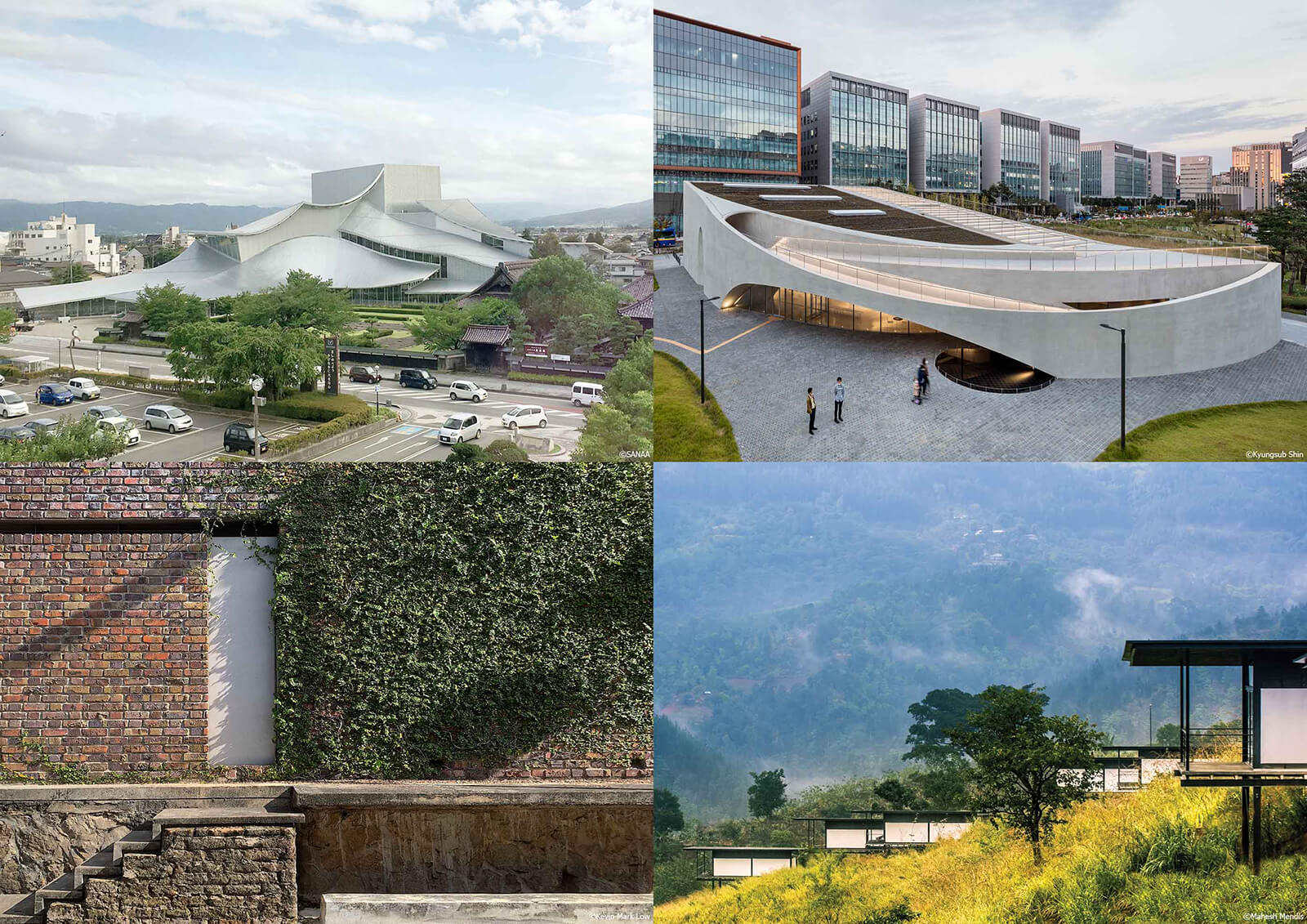
The central theme of this immersive exhibition embraces language as a universal connector across the varied elements of our world. Throughout history, language has taken on a myriad of forms, from auditory whistle calls to tactile gestures and beyond, showcasing the adaptability and ingenuity of communication among different creatures. French biologist Jean-Baptiste Lamarck’s Zoological Philosophy of 1809 posited that as environments change, species adapt and develop new means of communication. This notion sheds light on the dynamic evolution of language over millions of years. Highlighting the importance of adaptation and communal interaction in shaping linguistic development across species and cultures.
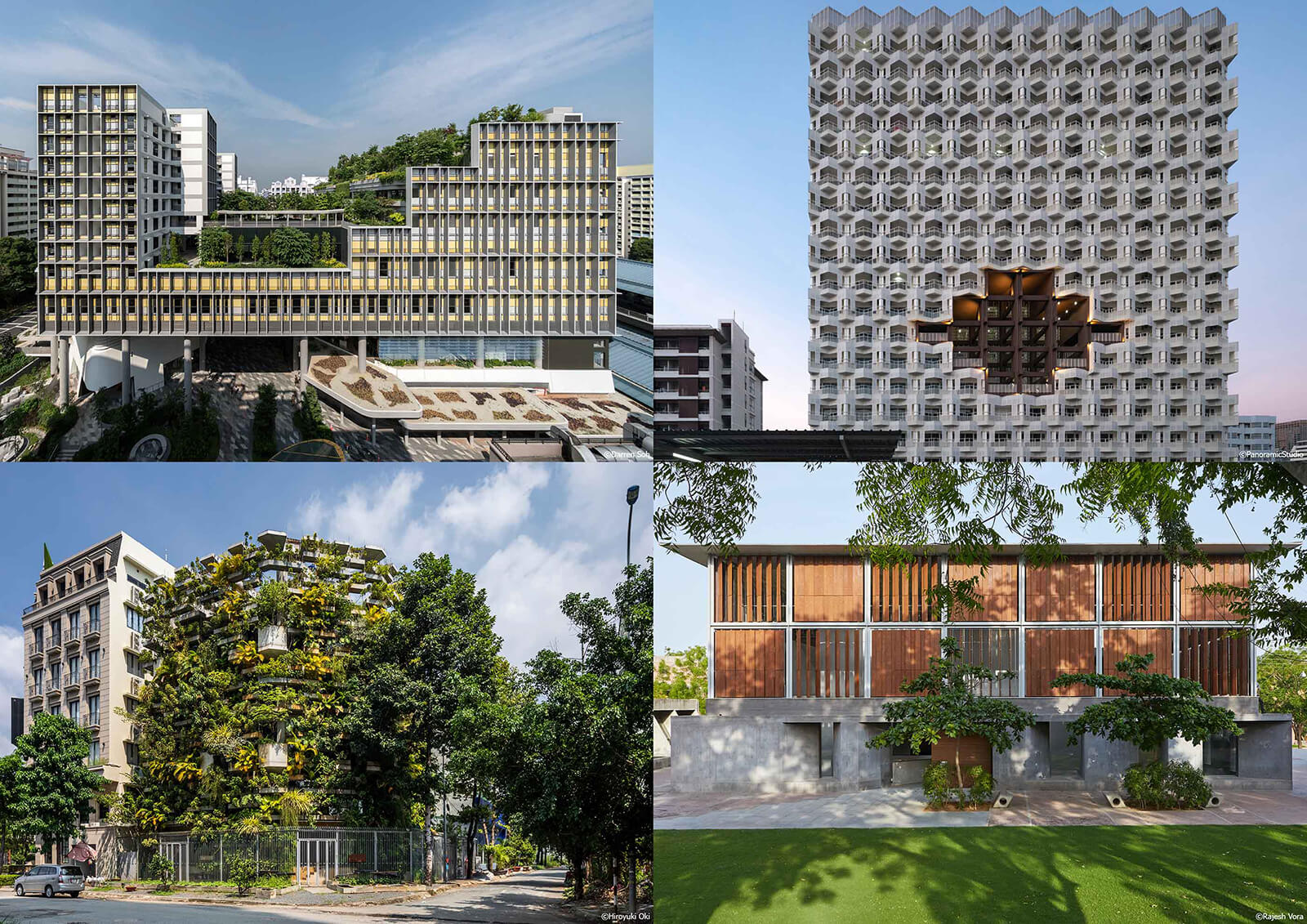
The exhibition design looks like a raised house that floats, using fabrics to blur the line between inside and outside. It mixes old-style Thai buildings with other typical Asian features like porches and open spaces. Within the courtyard space, visitors can embark on a journey through the intricacies of language, influencing how we perceive the world through our senses of hearing, vision, touch and smell. This exploration unfolds across three chapters: Sound/Language of Humanity, Silent/Language of Shading and Perceive/ Language of Ritual. Through the overarching theme of Collective Language, the event illuminates the symbiotic bond between people and architecture across diverse Asian regions. Concepts such as scale, volume, contrast, dynamic, thermal, resilience, legacy, harmony, and compression serve as guiding principles, revealing the nuanced interplay between humanity and the architectural landscape.
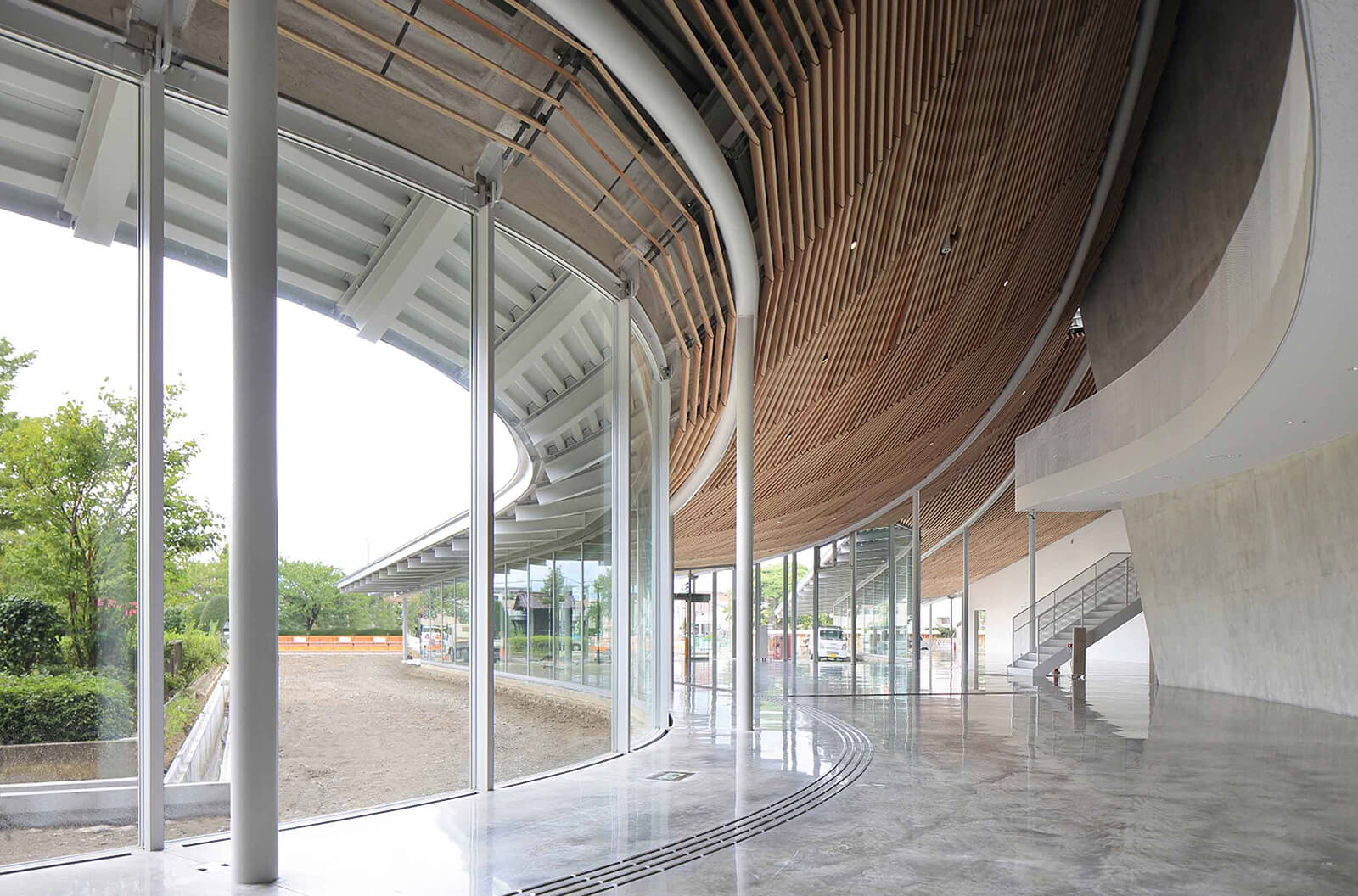
In the first chapter, the projects go beyond mere architectural structures like scale, volume and contrasts, aiming to establish a spatial vocabulary between people and their environment. Take, for instance, the Tsuruoka Cultural Hall (2017) by SANAA, a masterpiece that embodies the essence of Japanese spatial aesthetics. With its intriguing architectural proportions and functional layout, featuring a corridor enveloping the performance hall and a floating roof, the hall encourages a sense of freedom and lightness, fostering unique interactions among visitors. The practice founded by Kazuyo Sejima and Ryue Nishizawa in 1995, approaches each project with a renewed perspective, emphasising the importance of site-specific conditions and program requirements.
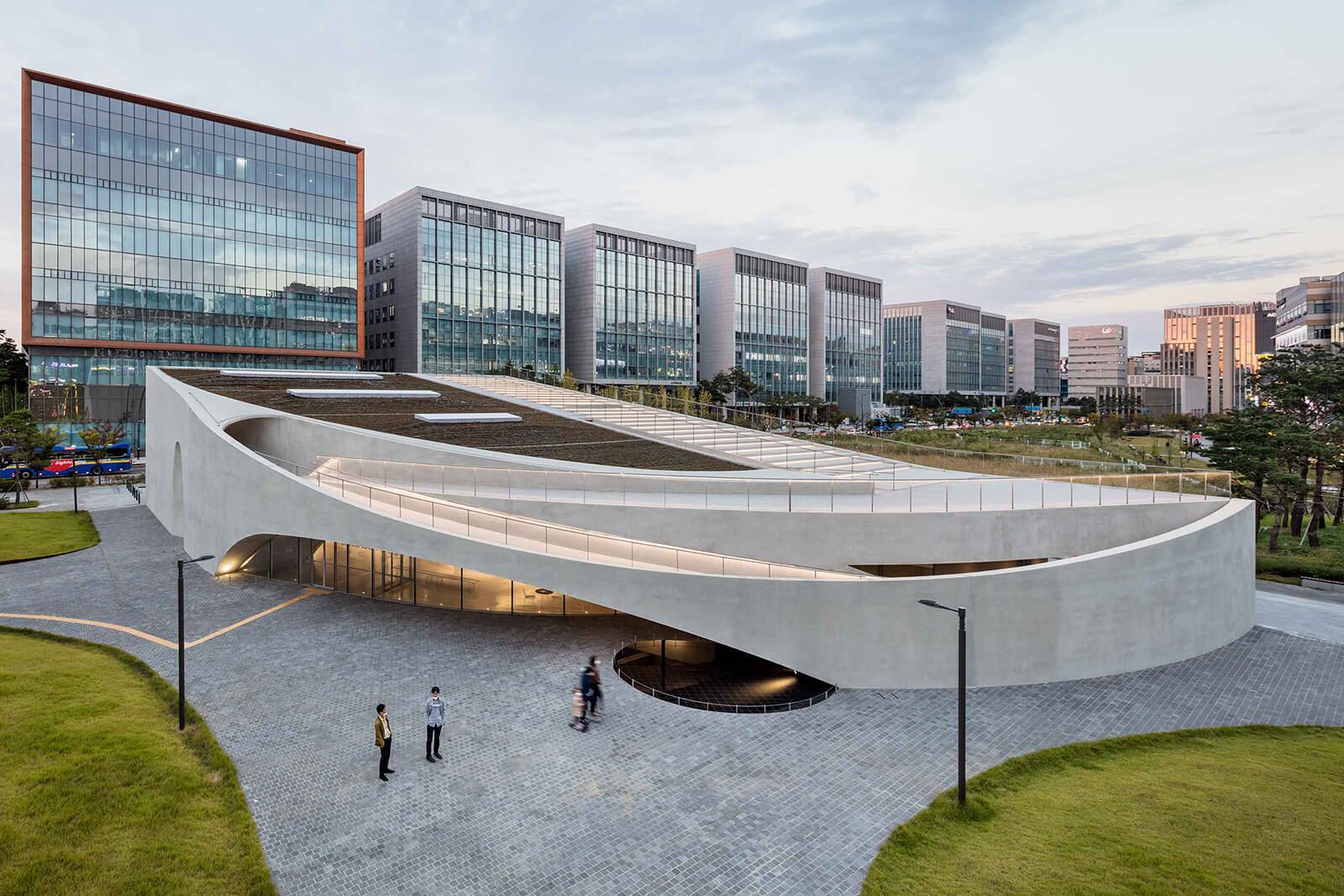
Another project in this section is Space K Seoul (2020) by Mass Studies, a testament to Seoul’s rich heritage and humanistic ethos. The design seamlessly integrates natural elements like mountains and the Han River, embodying an alternative approach to social care in densely populated urban environments. Founded in 2003 by Minsuk Cho, Mass Studies is committed to the discourse of architecture through socio-cultural and urban research, with a portfolio recognised globally for its innovative approach.
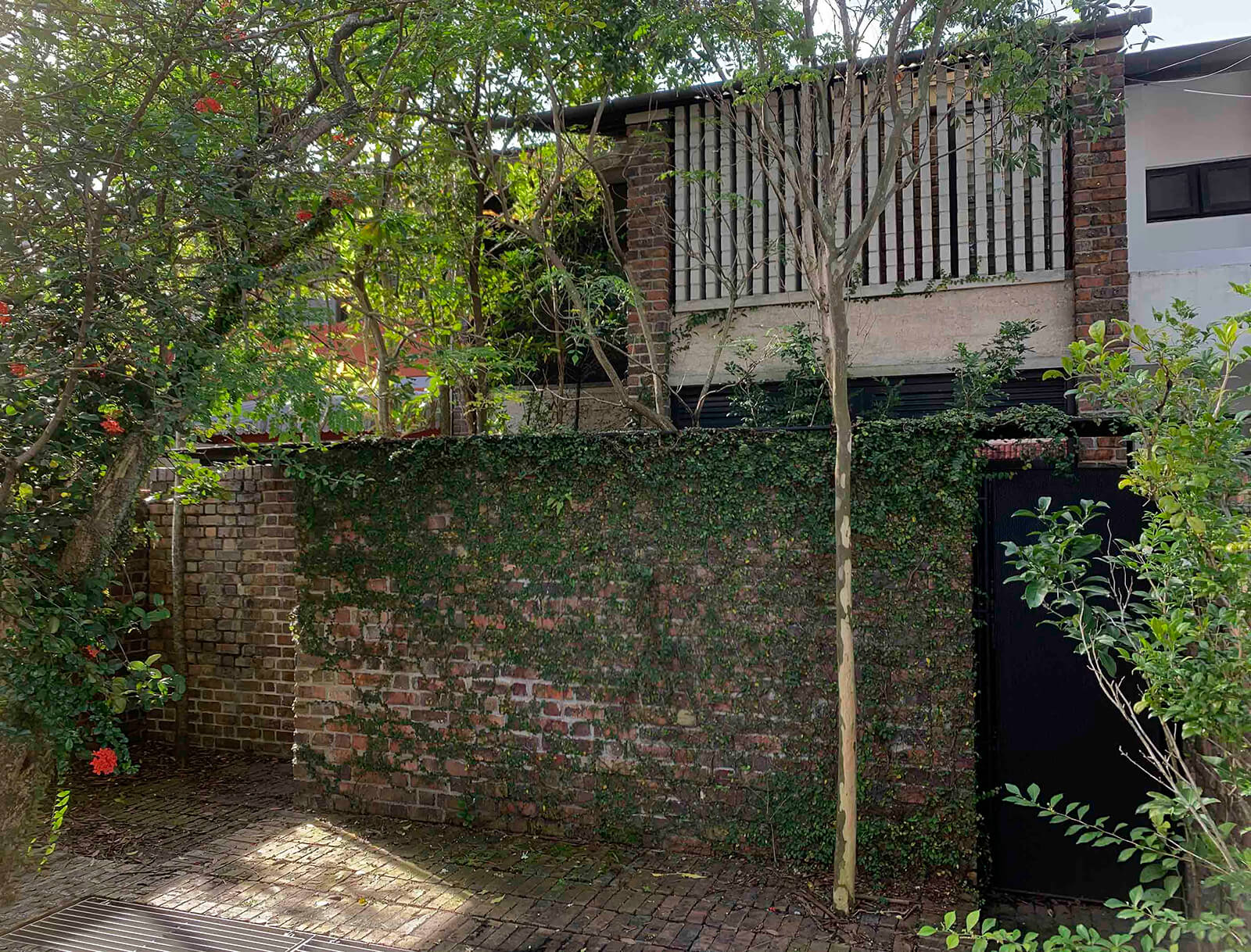
Meanwhile, Kevin Mark Low’s Small Projects embodies a deeply personal approach to architecture, rooted in his experiences and aspirations. Established in 2002 as a means to reclaim old dreams, Small Projects reflects Low’s interdisciplinary background in architecture and art history, coupled with a decade of corporate experience. His project, The Machine Room (2019), stands as a testament to his unique vision, tailored to the specific scale of living spaces. Through a combination of materials and movement lines, it creates a new ambience that enhances the living experience.
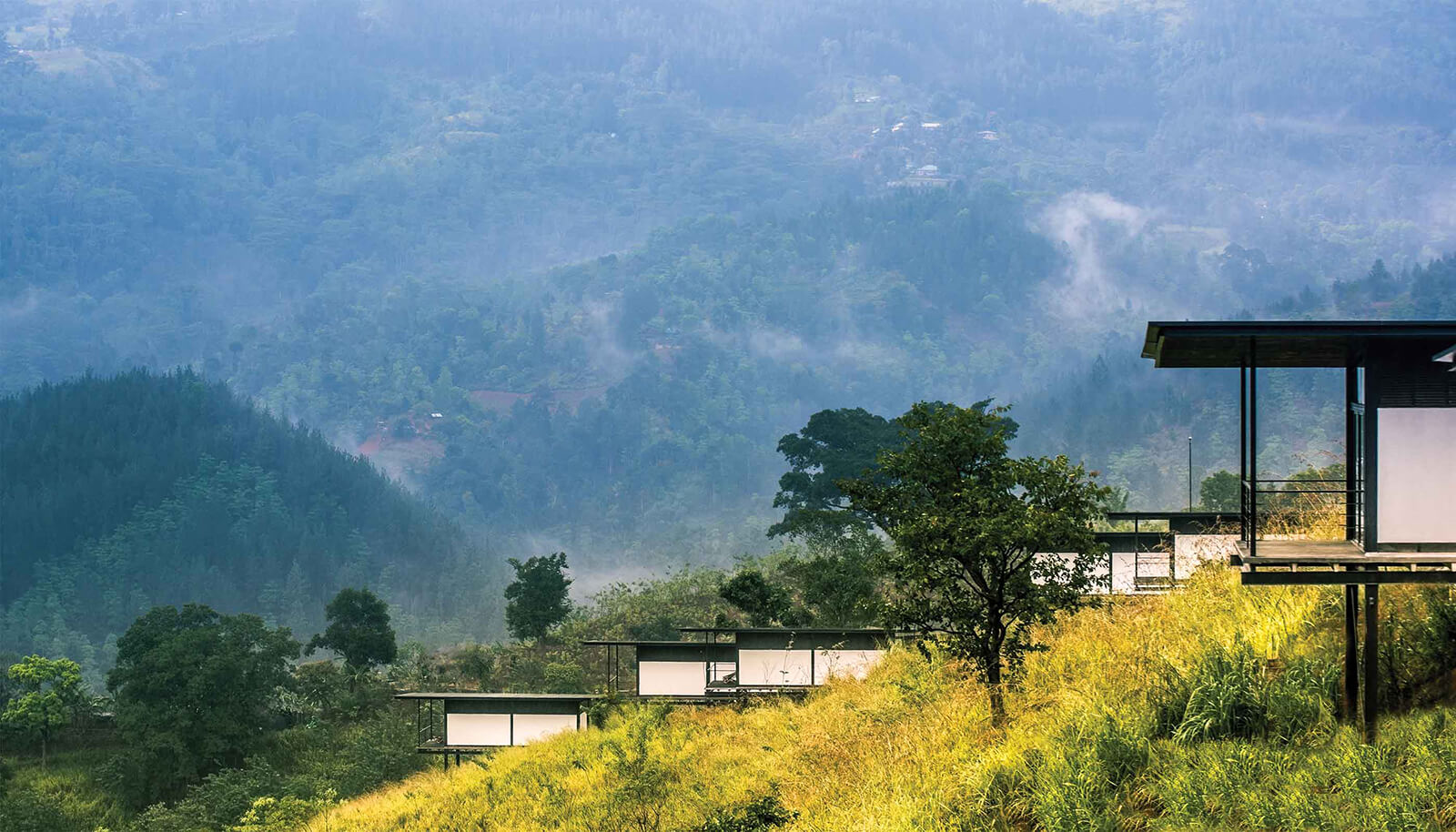
Finally, Sri Lanka-based Thisara Thanapathy Associates’ Santani Wellness Resort and Spa (2016) features a harmonious blend of local materials and mountain topography, creating a rich-scale building complex that seamlessly integrates with its surroundings. With over 25 years of professional experience, Thanapathy’s attention to detail and architectural skills has earned him prestigious accolades such as the Geoffrey Bawa Award for Excellence in Architecture. Through projects like these, the architect demonstrates his commitment to creating spaces that resonate with both people and their environment.
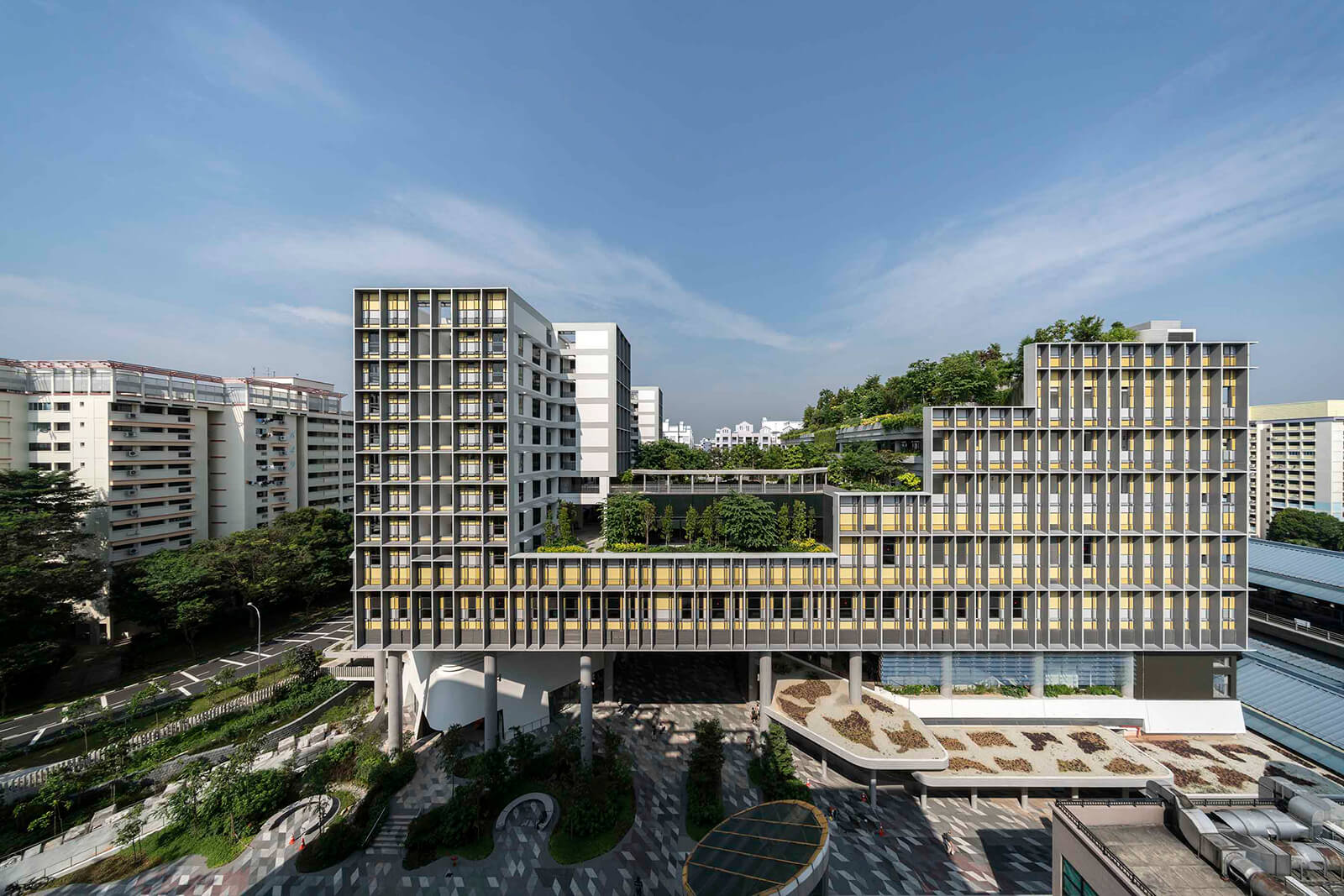
In the second chapter, architects harness environmental conditions such as resilience, dynamics, and thermal qualities as fundamental design elements, crafting spaces that speak volumes in their silent eloquence. WOHA, established by Wong Mun Summ and Richard Hassell in 1994, stands as a beacon of integrated architectural and urban solutions in addressing contemporary challenges like climate change and urbanisation. Their project, Kampung Admiralty (2017), strengthens the bond between space and nature, offering participants an immersive experience amidst natural elements. Similarly, Plan Architect’s Nurse Dormitory at Chulalongkorn Memorial Hospital (2021) demonstrates the firm’s innovation by utilising varying facade angles to create inviting spaces, fostering an appreciation for the integration of silent language and space, especially in intense treatment processes.
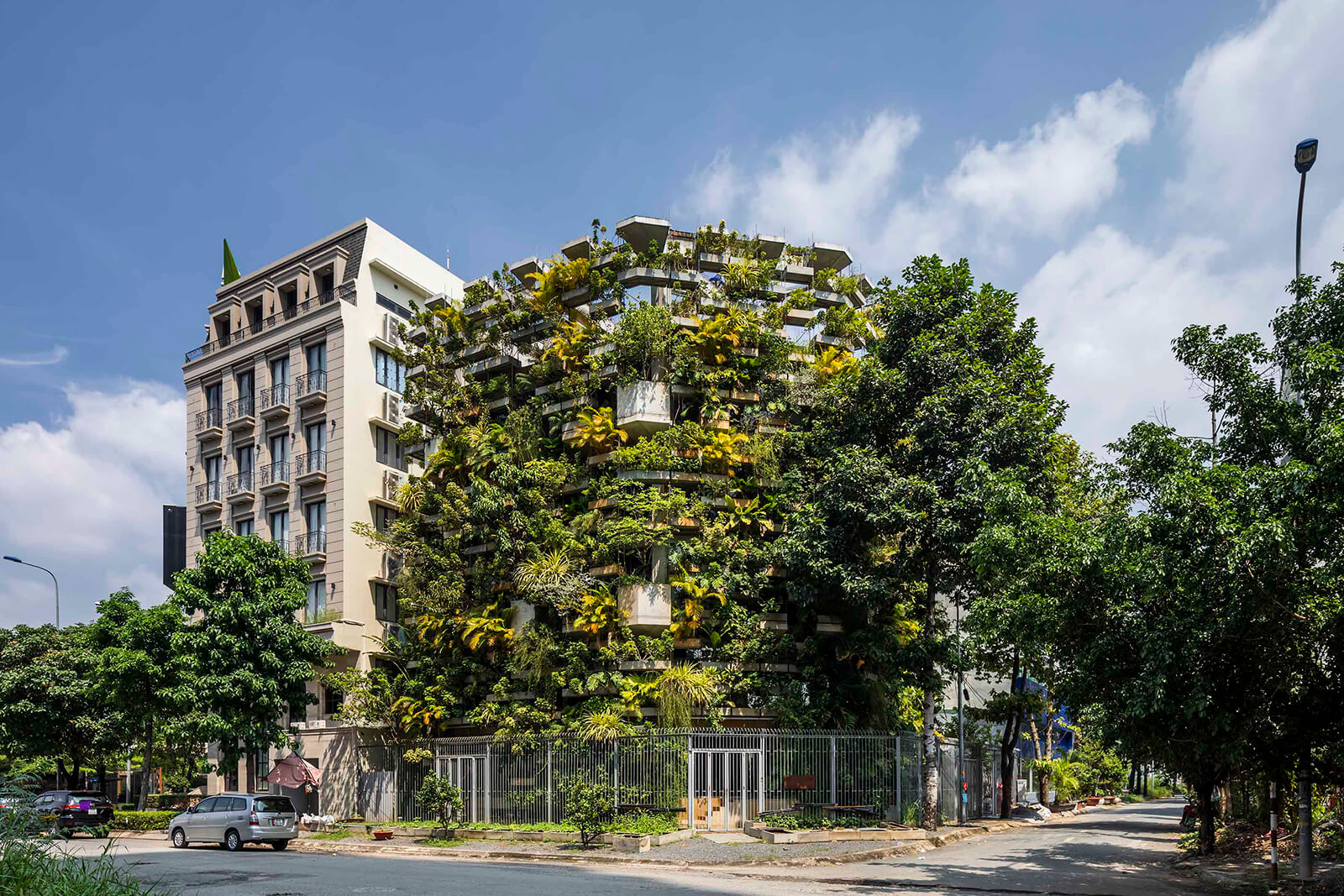
Vo Trong Nghia Architects (VTN), founded by Vo Trong Nghia in 2006, epitomises the essence of Green Architecture, seamlessly merging nature, local vernacular and contemporary design. Their projects, such as the Urban Farming Office (2022), showcase a harmonious blend of lush greenery and modern construction techniques, creating spaces that are not only visually stunning but also environmentally sustainable. Similarly, RMA Architects, led by Rahul Mehrotra, emphasises the evolving relationship between architecture and nature in projects like the Lilavati Lalbhai Library (2017), where special craftsmanship and construction techniques mediate the transition between external and internal environments. Mehrotra’s profound engagement with urbanism, reflected in his writings and advocacy work, has given rise to a new conceptualisation of the city termed the Kinetic City, redefining our understanding of urban spaces and their dynamic interactions.
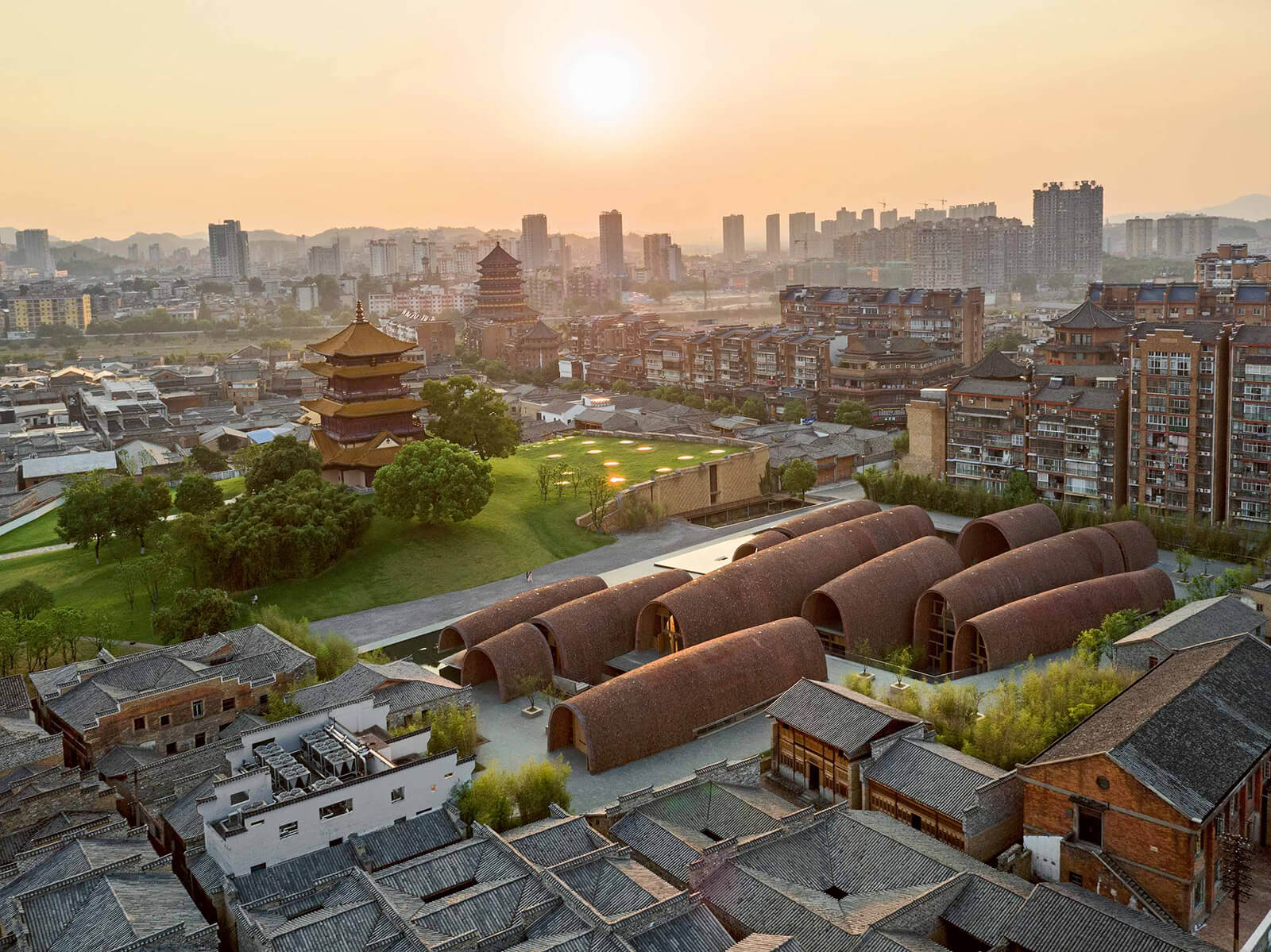
In the third chapter, we witness the embodiment of architectural concepts like legacy, harmony, and compression through four remarkable projects spanning China, Indonesia, the Philippines, and Bangladesh. The Jingdezhen Imperial Kiln Museum (2020) by Studio Zhu Pei stands as a testament to innovative design, reviving the site’s rich cultural heritage through architectural forms and spatial materials. Studio Zhu Pei’s dedication to contemporary architecture, art, and culture is evident in its experimental approach, which seeks to redefine architecture as both an art form and a response to the challenges of our time.
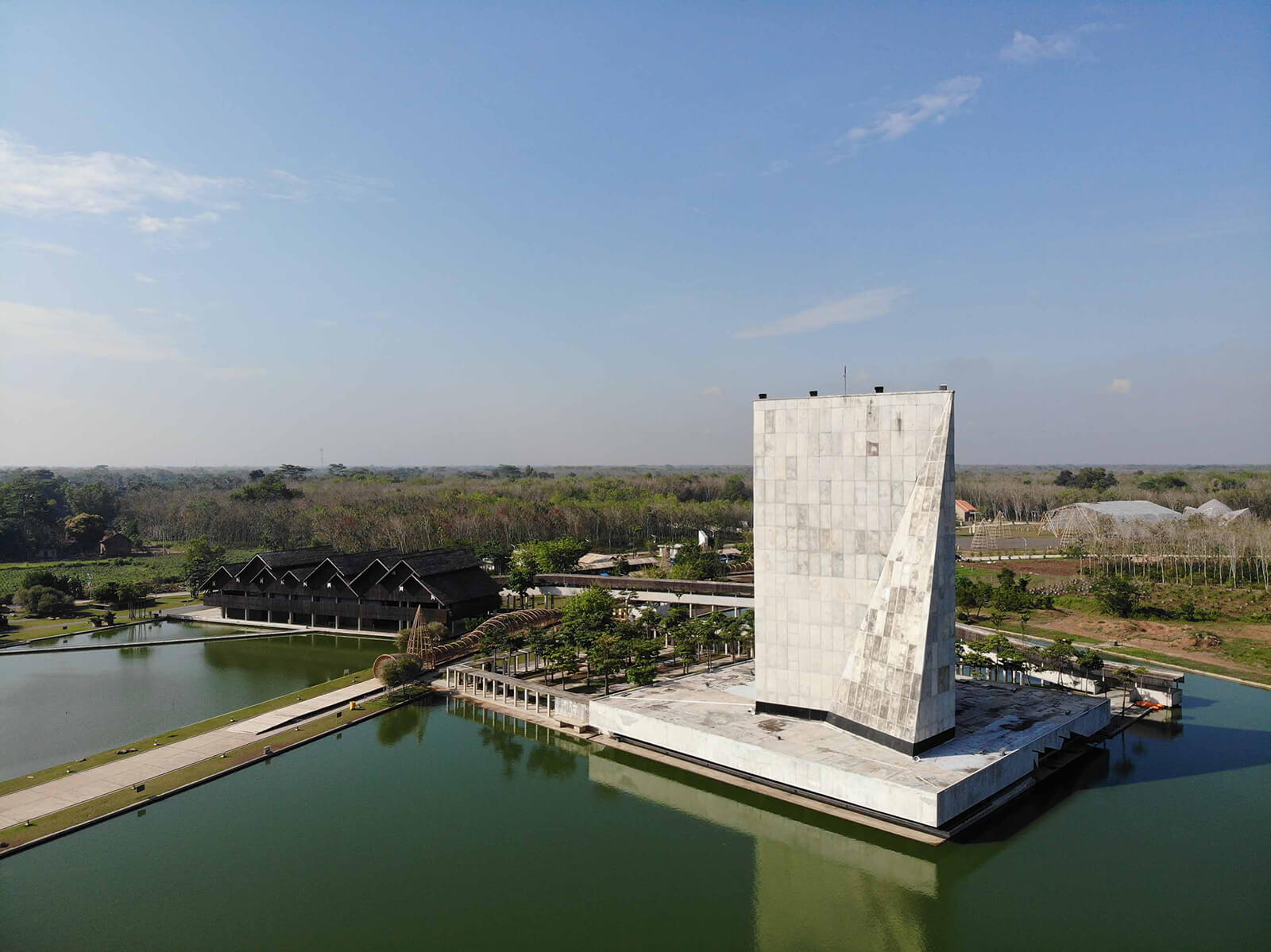
Established in 1998, Andramatin, a Jakarta-based studio, is renowned for its clean, modern creations that prioritise sensitivity to the environment. Projects like their Masjid As-Sobur & Sessat Agung (2017) transcend formal religious constraints, offering visitors profound sensory experiences through thoughtful spatial proportions and material choices.
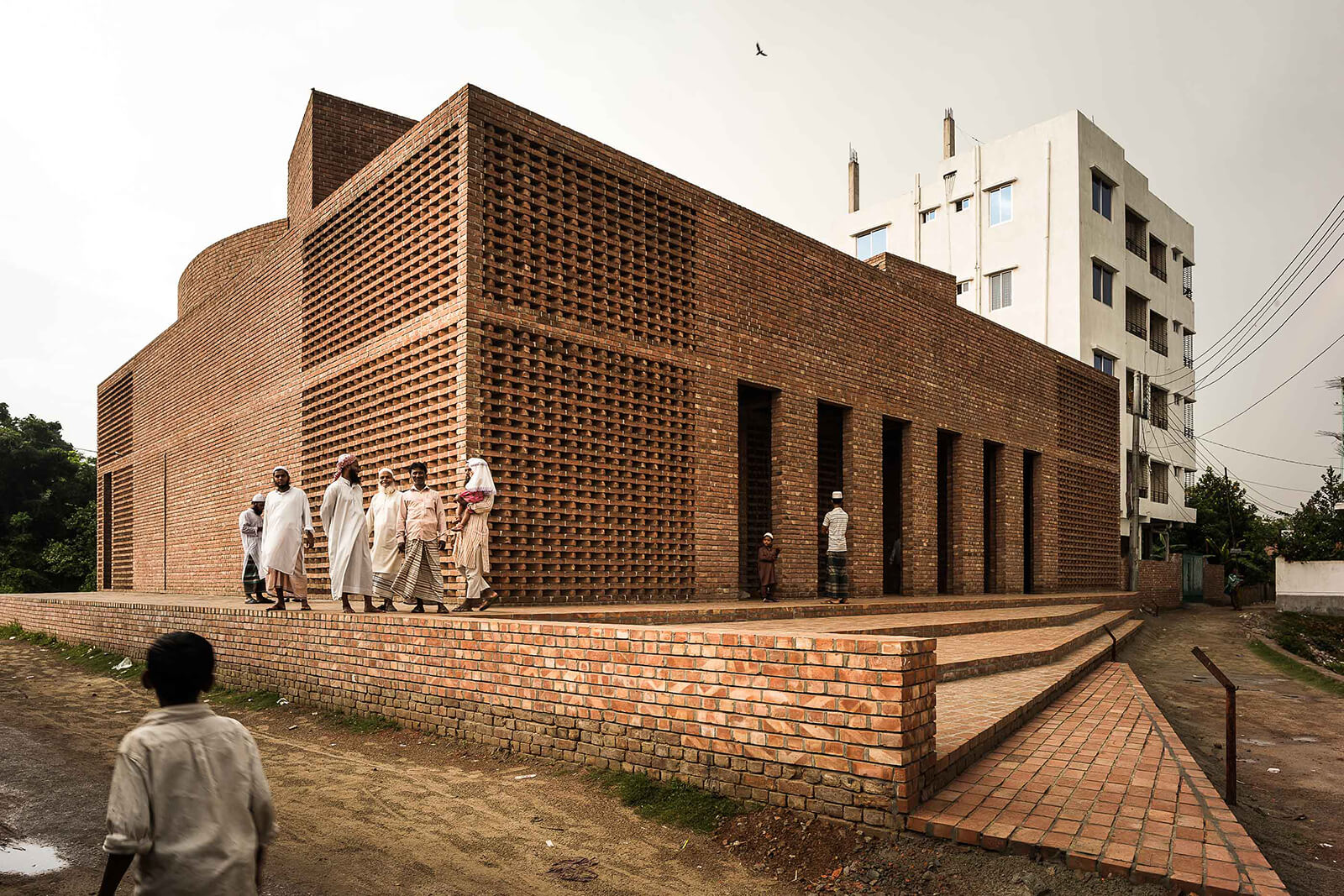
The 100 Walls Church (2013) by Carlos Arnaiz Architects – CAZA and the Bait Ur Rouf Mosque (2012) by Marina Tabassum Architects exemplify the use of precise spatial forms and lightweight structures to evoke distinct spiritual ambiences, seamlessly integrating these religious buildings into their community environments. Carlos Arnaiz advocates for more equitable, socially engaged forms of sustainable architecture, evident in his diverse portfolio of projects across the globe. Meanwhile, Marina Tabassum Architects (MTA), founded by Marina Tabassum in 2005, is committed to establishing a language of architecture that is both contemporary and rooted in its local context. Their work, characterised by environmental consciousness and cultural sensitivity, reflects a deep understanding of the unique context of each site, ensuring that every project resonates with its surroundings and inhabitants.
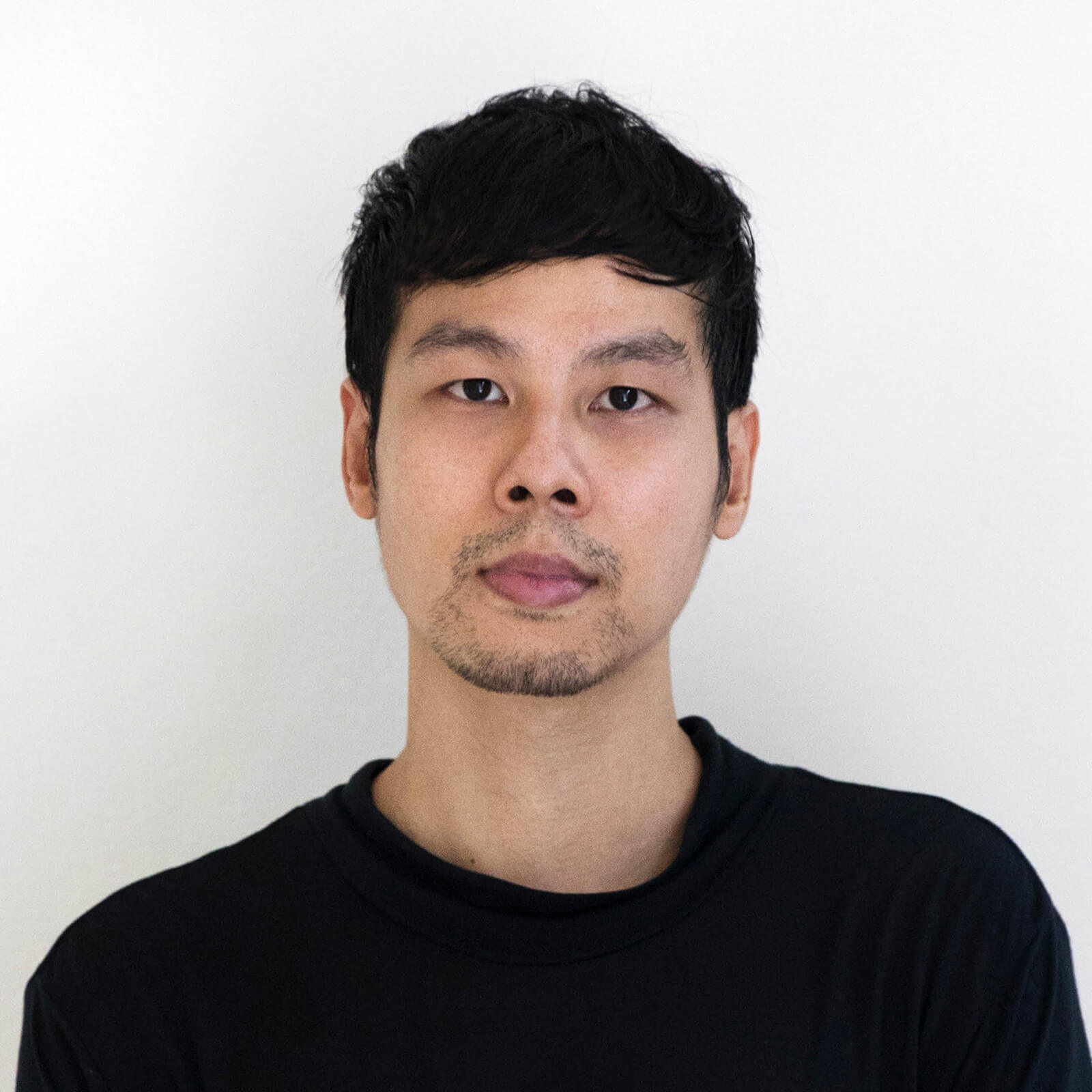
Jenchieh Hung and Kulthida Songkittipakdee, the creative minds behind Bangkok-based HAS design and research are reshaping the landscape of contemporary architecture with their fresh and innovative approach. Their work blending form, pattern, material and technology has earned them international acclaim. Hung’s recent appointment as Exhibition Chairman and Principal Curator for major architectural events highlights their growing influence and commitment to pushing boundaries in the field. Reflecting on the theme of the exhibition, the curator shares, “The exhibition illustrates how sound, silence and perception are integrated into an architectural space, embodying the languages of humanity, shading, and ritual. They represent not only a collective language but also offer Asian contemporary architecture a means to reconsider the possibilities of future trends”.
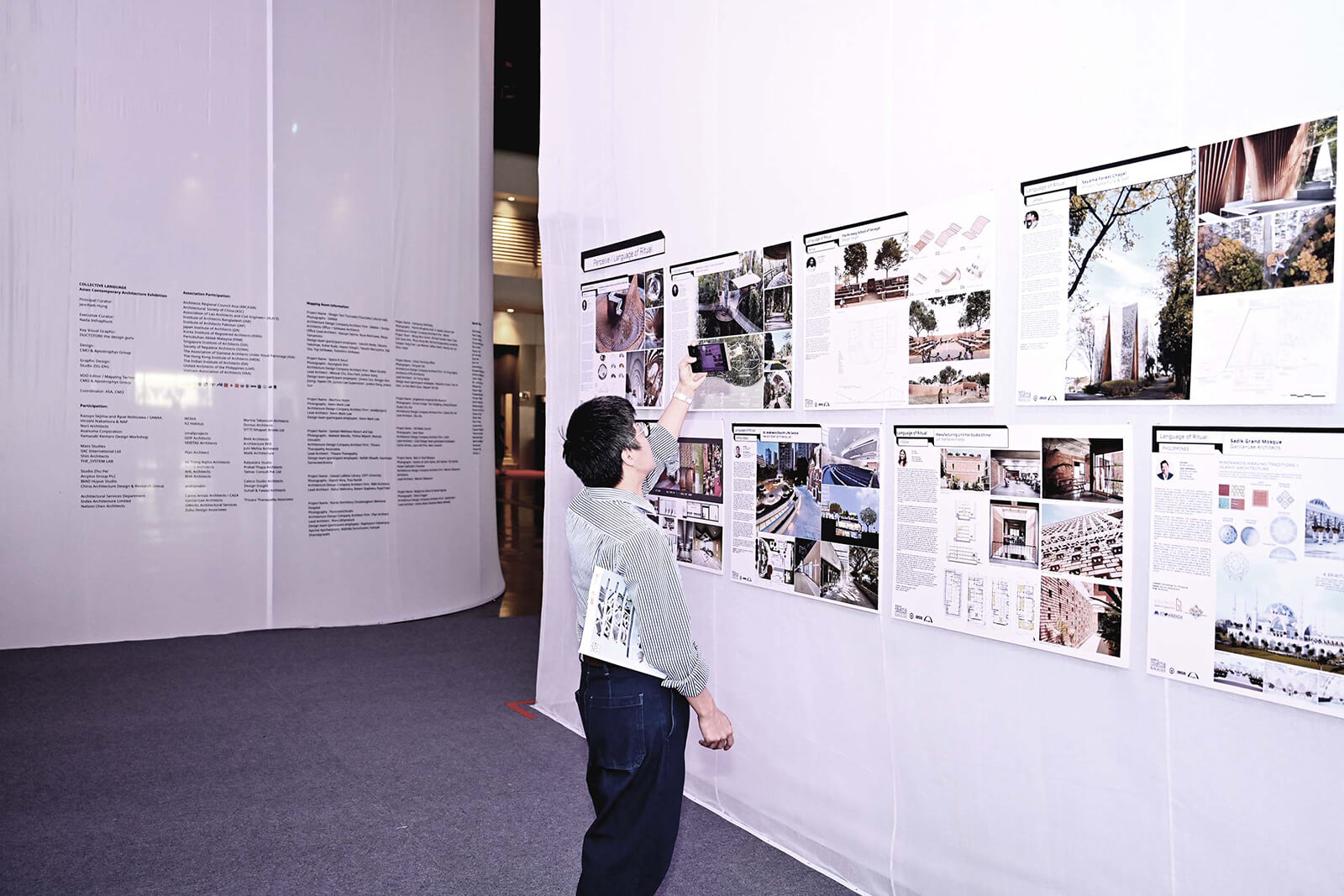
In essence, the Collective Language – Asian Contemporary Architecture Exhibition is more than just a showcase of buildings; it’s a celebration of cultural diversity, innovation, and the enduring relationship between people and architecture in Asia. As visitors immerse themselves in the richness of these architectural narratives, they are invited to envision a future where the language of architecture continues to evolve, shaping the world we inhabit.
Collective Language – Asian Contemporary Architecture Exhibition is on view from April 30 – May 5, 2024, at the IMPACT Arena Exhibition and Convention Center, Bangkok.
Project Details
Exhibition Name – Collective Language – Asian Contemporary Architecture Exhibition
Principal Curator – Jenchieh Hung
Executive Curator– Nada Inthaphunt
Participants– 1+1>2 Architects, AHL Architects, andramatin, Archineer Associates Co., Ltd, Architectural Services Department, Architecture RED, Arcplus Group PLC, Asanuma Corporation, BHA Architects, BIAD Huyue Studio, Caleco Studio Architects, Carlos Arnaiz Architects / CAZA, China Architecture Design & Research Group, Design Insight, Domus Architects, Garcia+Lee Architects, GDP Architects, GWorks Architectural Services, Hiroshi Nakamura & NAP, Index Architecture Limited, Juhi Mehta Architects, K2 Habitus, Kalpasara Studio, Kazuyo Sejima and Ryue Nishizawa / SANAA, LAO+ Architects, Malik Architecture, Marina Tabassum Architects, Mass Studies, Nelson Chen Architects, Nori Architects, Plan Architect, Prabal Thapa Architects, RMA Architects, SAC International Ltd, Shin Architects, smallprojects, Studio Zhu Pei, Suhail & Fawad Architects, Tattva: Consult Pvt. Ltd, THE_SYSTEM LAB, Thisara Thanapathy Associates, Tomi Atelier, VERITAS Architects, VITTI Sthapati Brindo Ltd, Vo Trong Nghia Architects, WOHA, Yamazaki Kentaro Design Workshop, Zubu Design Associates
Association – Architects Regional Council Asia (ARCASIA), Architectural Society of China (ASC), Association of Lao Architects and Civil Engineers (ALACE), Institute of Architects Bangladesh (IAB), Institute of Architects Pakistan (IAP), Japan Institute of Architects (JIA), Korea Institute of Registered Architects (KIRA), Pertubuhan Akitek Malaysia (PAM), Singapore Institute of Architects (SIA), Society of Nepalese Architects (SONA), The Association of Siamese Architects Under Royal Patronage (ASA), The Hong Kong Institute of Architects (HKIA), The Indian Institute of Architects (IIA), United Architects of the Philippines (UAP), Vietnam Association of Architects (VAA)
Host– The Association of Siamese Architects Under Royal Patronage (ASA), ASA President – Chana Sumpalung, ASA Architect Expo Chairman – Chutayaves Sinthuphan, Kulthida Songkittipakdee, Prompt Udomdech, Rattapong Angkasith
Organiser – TTF International Company Limited
Duration – April 30 – May 5, 2024
Venue – IMPACT Arena Exhibition and Convention Center, Bangkok
